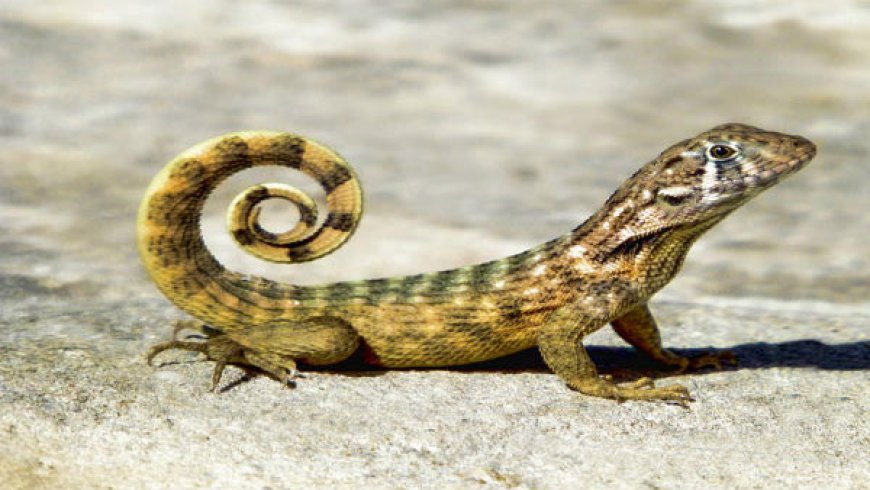Did You know That Today 14th August Is World Lizard Day?

Understanding Lizards
Lizards are fascinating creatures known for their unique physical traits and diverse behaviour. They play vital roles in ecosystems and exhibit an incredible range of species and classifications.
Physiology and Behaviour
Lizards have scaly skin and often possess legs, movable eyelids, and external ear openings. They are ectothermic, meaning they rely on external sources to regulate body temperature. This makes sunbathing a common behaviour. Most lizards lay eggs, and their diet varies widely, including insects, plants, and small animals.
Camouflage and Colouration
Lizards often use camouflage to hide from predators and hunt for prey. Some species, like chameleons, can change colour thanks to pigment cells in their skin. Geckos also exhibit unique behaviours, such as vocalisation and climbing smooth surfaces due to specialised toe pads.
Diversity and Classification
Lizards belong to the order Squamata, which they share with snakes. There are about 6,000 species of lizards, ranging from tiny geckos to large Komodo dragons. Common species include the leopard gecko and the green anole.
Different Families
Lizards are classified into various families based on traits and behaviours. Chamaeleonidae includes chameleons known for their colour-changing ability, while Gekkonidae includes geckos, known for their vocalisations and climbing prowess.
Lizards’ diverse nature makes them a subject of interest for both researchers and enthusiasts alike. Each species has adapted to its environment in unique ways, highlighting the incredible diversity within this group of vertebrates.
Conservation and Awareness
World Lizard Day shines a spotlight on the importance of lizards in our ecosystems and the efforts needed to conserve their habitats. By understanding the ecological role of lizards and participating in awareness activities, people can help protect these diverse and fascinating reptiles.
Habitats and Ecosystems
Lizards are found in a variety of habitats, from deserts and forests to grasslands and swamps. They play crucial roles in their ecosystems, such as pest control by eating insects and small mammals. Parks and zoos often create artificial environments that mimic natural habitats, aiding both in education and in conservation efforts.
Loss of natural habitats due to urbanisation and agriculture continues to threaten lizard populations. Efforts to conserve these habitats include creating protected areas and enforcing regulations that limit habitat destruction. Public awareness campaigns also educate the community about the importance of preserving natural environments for lizards.
Threats and Protection Measures
Lizards face many threats, including habitat loss, climate change, and invasive species. Extreme weather events and changing climates can disrupt their habitats and reduce food availability. Invasive species can outcompete native lizard species for resources, leading to declines in populations.
Conservation measures such as habitat restoration, captive breeding programmes, and legislative protections aim to mitigate these threats. Some organisations reintroduce captive-bred lizards into their natural habitats to bolster dwindling populations. Predator control programmes also help protect native lizard species from non-native predators.
The Role of Community and Education
Community involvement and education are crucial in lizard conservation efforts. Local reptile parks and schools often host events to raise awareness about lizards and their ecological roles. Reptile enthusiasts can join conservation activities, such as habitat clean-ups and citizen science projects, to support these efforts.
Educational programmes teach people about the importance of biodiversity and how to protect local lizard species. By fostering a love for nature and encouraging responsible pet ownership, these initiatives help ensure the continued survival of lizards in the wild. Public participation and education create a broader base of support for conservation measures.
What's Your Reaction?




























































